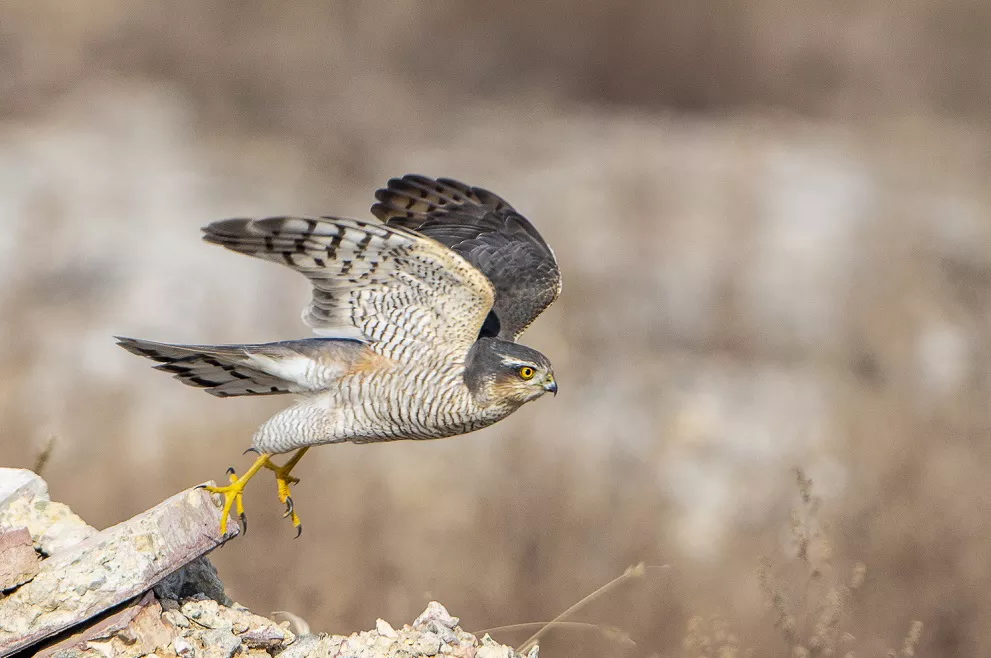The Sparrowhawk, also known as the Eurasian Sparrowhawk, is a small bird of prey found in Europe and Asia. Here is a professional article on what a Sparrowhawk looks like:
Appearance:
The Sparrowhawk is a small, compact bird with a rounded head and a relatively short tail. They have a wingspan of around 65-80 cm (25-31 inches) and typically weigh between 100-200 grams (3.5-7 ounces). Males are smaller than females and have a greyish-blue back, while females are larger and have a brownish back. Both sexes have a distinctive barred breast, a white belly, and a long, hooked beak.
In flight, the Sparrowhawk can be identified by its short, rounded wings and quick, darting movements. They are agile and fast-flying, capable of chasing prey through dense vegetation and making sudden turns and dives.
Habitat:
Sparrowhawks can be found in a wide range of habitats, including woodlands, heathlands, moorlands, and even in urban areas. They are adaptable and can thrive in areas where there is enough cover to hunt and breed.
Behavior:
Sparrowhawks are ambush predators, often perching in trees or bushes and waiting for their prey to come within range. They hunt a variety of small birds, including finches, tits, and sparrows, which they catch in mid-air using their sharp talons. They are also known to hunt small mammals, such as mice and voles.
Breeding:
Sparrowhawks typically breed once a year, usually in the spring or early summer. The male will perform aerial displays to attract a female, flying high into the sky and making a distinctive “kek-kek-kek” call. Once a pair has formed, they will build a nest together, usually in a dense tree or shrub. The female will lay between 3-6 eggs, which she will incubate for around 30 days. After hatching, the young will remain in the nest for several weeks before fledging and leaving the nest.
Conservation:
The Sparrowhawk is not considered a threatened species, with a stable population throughout its range. However, like many birds of prey, it has been impacted by habitat loss and persecution in the past. In some areas, the use of pesticides has also affected the availability of prey, which can impact the health and survival of Sparrowhawks.
Overall, the Sparrowhawk is a fascinating and adaptable bird of prey, with distinctive physical characteristics and behaviors that make it an important part of many ecosystems.


 Facebook
Facebook  Instagram
Instagram  Youtube
Youtube 